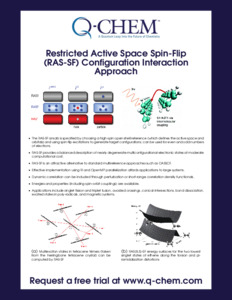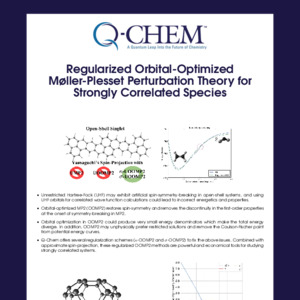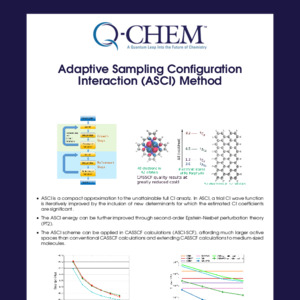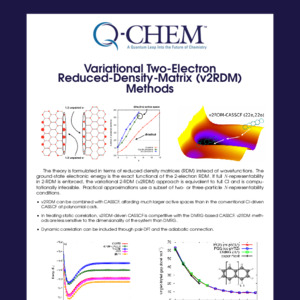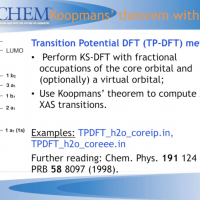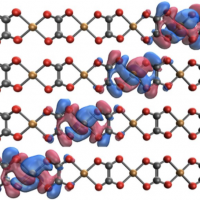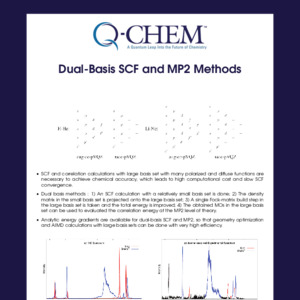Restricted Active Space Spin-Flip (RAS-SF) Configuration Interaction Approach
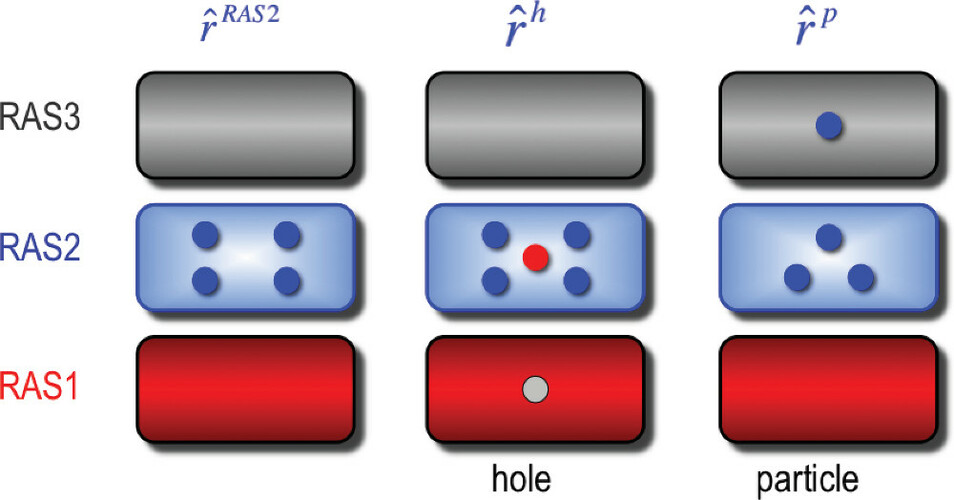
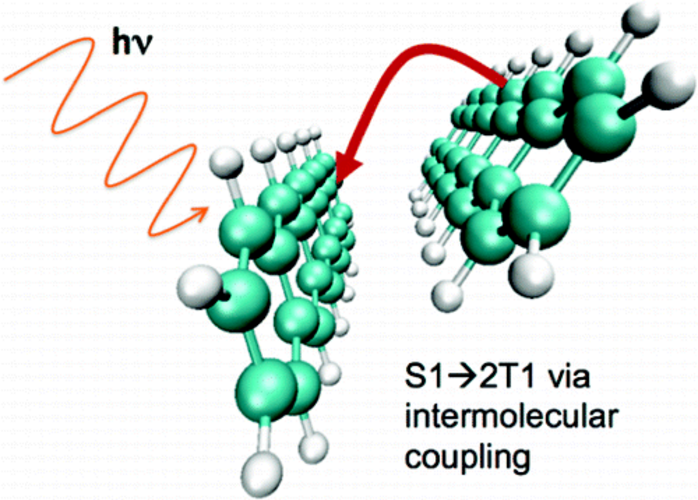
-
The RAS-SF ansatz is specified by choosing a high-spin open-shell reference (which defines the active space and orbitals) and using spin-flip excitations to generate target configurations; can be used for even and odd numbers of electrons.
-
RAS-SF provides a balanced description of nearly degenerate multiconfigurational electronic states at moderate computational cost.
-
RAS-SF is an attractive alternative to standard multireference approaches such as CASSCF.
-
Effective implementation using RI and OpenMP parallelization affords applications to large systems.
-
Dynamic correlation can be included through perturbation or short-range correlation density functionals.
-
Energies and properties (including spin–orbit couplings) are available.
-
Applications include singlet fission and triplet fusion, avoided crossings, conical intersections, bond dissociation, excited states in poly-radicals, and magnetic systems.
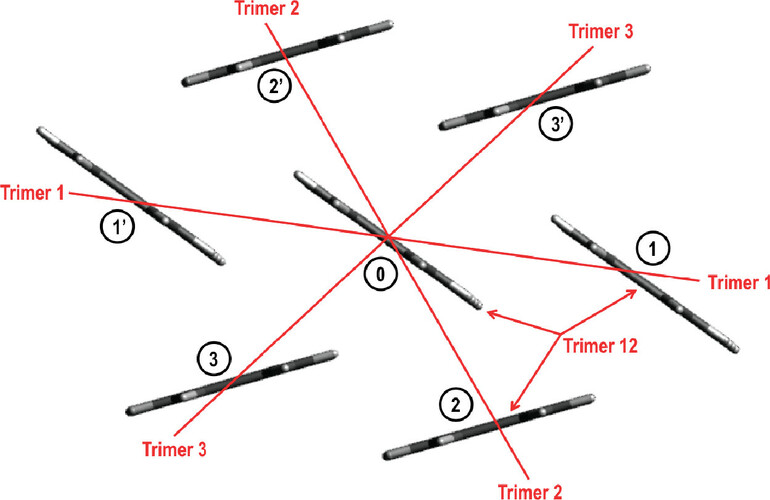 Multiexciton states in tetracene trimers (taken from the herringbone tetracene crystal) can be computed by RAS-SF
Multiexciton states in tetracene trimers (taken from the herringbone tetracene crystal) can be computed by RAS-SF
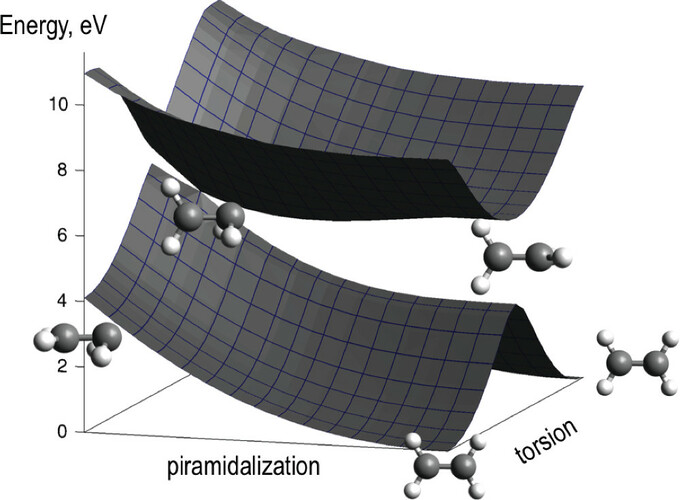 RAS(8,5)-SF energy surfaces for the two lowest singlet states of ethene along the torsion and piramidalization distortions
RAS(8,5)-SF energy surfaces for the two lowest singlet states of ethene along the torsion and piramidalization distortions
Want to try Q-Chem?
